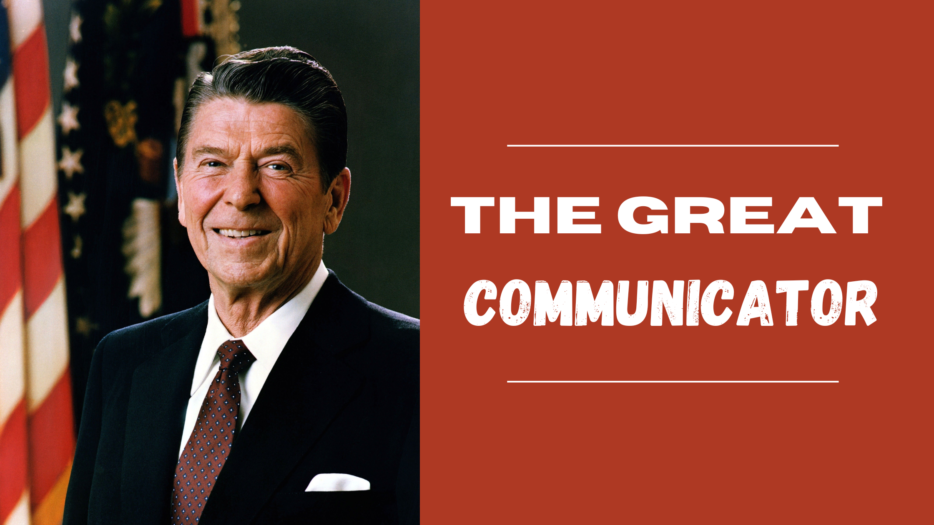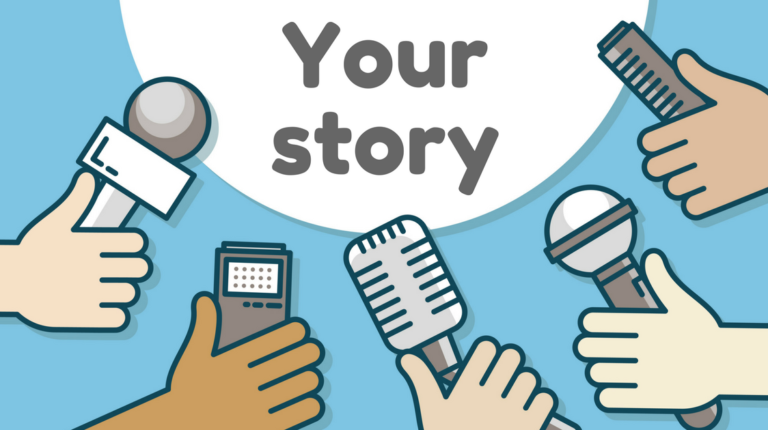The Power of Messaging: How Politicians Craft Narratives to Shape Public Opinion
In the world of politics, messaging is everything. It’s how politicians connect with their audiences, influence opinions, and gain support for their policies. Crafting a compelling narrative isn’t just a communication strategy; it’s a powerful tool for shaping public perception and driving political agendas. Understanding the techniques politicians use to create effective messaging offers valuable insights into both political communication and broader public relations practices.
Framing: Defining the Narrative
One of the most critical aspects of political messaging is framing—the process of defining an issue in a way that influences how people perceive it. By emphasizing certain aspects of a topic while downplaying others, politicians can guide public interpretation. For example, when discussing taxes, a politician might frame them as “investments in our nation’s future” rather than as “financial burdens.” This subtle but strategic framing can significantly influence voter attitudes.
Political scientist George Lakoff has extensively studied framing, arguing that metaphors and mental models play a crucial role in shaping how messages are received. Lakoff’s work underscores that successful politicians understand not just what to say but how to say it to align with voters’ values and beliefs.
Storytelling: Making the Abstract Personal
Storytelling is another powerful element of political messaging. Stories create emotional connections, making abstract policy issues relatable to everyday experiences. By sharing anecdotes about constituents who have benefited from specific policies, politicians humanize their agendas and make their messages more memorable.
Barack Obama’s 2008 presidential campaign is a prime example of the power of storytelling. His slogan, “Yes We Can,” was accompanied by narratives of ordinary Americans overcoming challenges. These stories reinforced his message of hope and change, resonating with millions of voters.
Repetition: Reinforcing the Message
Repetition is a fundamental tactic in political communication. Cognitive research shows that repeated exposure to a message increases its persuasiveness and memorability. Politicians often use slogans, sound bites, and key phrases repeatedly throughout their campaigns to ensure their messages stick.

A classic example is Donald Trump’s 2016 slogan, “Make America Great Again.” By consistently repeating this phrase, he created a strong brand identity and reinforced his campaign narrative about restoring a perceived lost greatness.
Emotional Appeals: Tapping Into Voter Sentiments
Emotion plays a central role in how messages are received and remembered. Politicians often craft messages that evoke feelings such as hope, fear, pride, or anger to motivate voters. Emotional appeals can make messages more impactful and memorable.
For instance, during times of national crisis, leaders may appeal to unity and resilience, as George W. Bush did in the aftermath of the September 11 attacks. His messages of patriotism and strength resonated deeply with a grieving nation, rallying public support.
Simplicity: The Power of Clear Communication

Complex policy details rarely resonate with voters. Instead, politicians distill their messages into simple, easy-to-understand language. This approach ensures broader appeal and comprehension.
Ronald Reagan was famously skilled at communicating complex ideas in straightforward terms. Dubbed “The Great Communicator,” Reagan’s speeches often used plain language and relatable metaphors to connect with everyday Americans.
Digital Media: Amplifying the Message
The rise of digital media has transformed political messaging. Social media platforms like Twitter, Facebook, and Instagram enable politicians to communicate directly with the public, bypassing traditional media gatekeepers. These platforms also allow for rapid message testing and adaptation based on audience engagement.
One notable example is Alexandria Ocasio-Cortez, who has effectively used social media to engage directly with her followers, share her policy positions, and counter misinformation. Her digital strategy has made her one of the most influential voices in contemporary politics.
Consistency: Building Trust and Credibility
Consistency is key to building trust and credibility. When politicians maintain a coherent message across various platforms and interactions, they reinforce their brand identity and gain voter confidence.
In contrast, conflicting messages can erode trust. Political gaffes or policy flip-flops often become fodder for opponents and the media, undermining a politician’s credibility.
Conclusion
The power of messaging in politics cannot be overstated. Through framing, storytelling, repetition, emotional appeals, simplicity, and digital amplification, politicians craft narratives that shape public opinion and advance their agendas. Understanding these strategies not only provides insight into political campaigns but also offers valuable lessons for anyone involved in public relations or strategic communication.
By analyzing how politicians craft their messages, we gain a deeper appreciation for the art and science of communication—and the profound impact it has on shaping the world around us.
Mark Kaley is the author of the book “From Pennies to Millions” and the PR Manager with Otter Public Relations. He has been featured in Forbes, Fox Business, Authority Magazine, Modern Marketing Today, PR Pioneer, Market Daily, O’Dwyer PR, DKoding, and Consumer Affairs. Mark is also a contributor with Hackernoon, you can view his contributor profile here. Learn more here.






